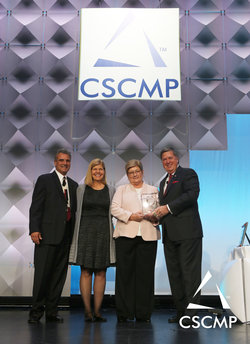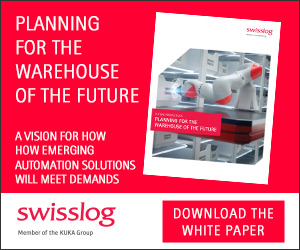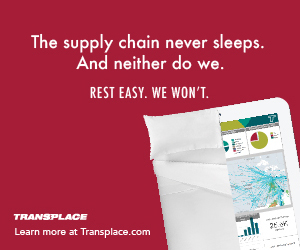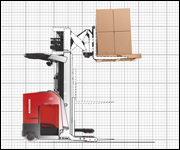Just how collaborative are your internal departments? If you’re running into issues when one department makes a decision that unintentionally affects one or more aspects of your supply chain, your answer is probably along the lines of "not very." And it may be holding back your transportation team’s effectiveness.
In many organizations, transportation is simply the recipient of collaboration that happens in other supply chain functions. Under that model, transportation teams can only respond to what comes their way. Instead, transportation should have a say in the collaborative planning process right along with the other supply chain functions. When brought to the table earlier, transportation can be a more proactive contributor to overarching supply chain goals.
A Warehousing ExampleHere’s a quick example that might sound all too familiar to some of you. ZYX Company needs to increase sales and profits. Accordingly, they make a strategic supply chain shift to a new warehouse that positions products closer to a key customer. After implementing the change, ZYX Company does in fact hit their projected sales and profits goals; however, they failed to predict that transportation spending would increase substantially.
While the warehouse is closer to one customer, several other customers are much farther away now, all requiring longer transportation routes. In addition, ZYX Company carriers now primarily rely on a different trade lane than before—one with fewer backhauls available. Both situations bring about higher transportation rates.
The new warehouse could still be the right move for ZYX Company. But a situation like this could have meant a broader conversation about how to weigh the anticipated benefits of a business decision against potential transportation cost increases. Knowing the transportation ramifications up front may have helped determine if these trade offs are worth it—before making the decision, rather than after.
Balancing Cost and RevenueIt’s not just warehousing that impacts transportation. Issues or changes to shipment size, supplier networks, customer locations, product mix, even fuel surcharges and carrier contracts can tip the scales between cost and revenue. And if your transportation experts aren’t part of the conversation, you may not have the expertise in the room that can explain how a decision will influence transportation.
Cross-Functional AlignmentAll internal collaboration should be cross functional, appropriately aligned to business goals, and use expertise from all departments—including transportation. Everyone who touches your supply chain could be part of the process: people who order materials, build and manage stock, ship product, answer customer questions, forecast, invoice, and handle financials. Don’t be surprised if this includes people in non-supply chain roles or departments. Remember, a big sales push on a certain product at the end of the quarter could definitely influence the following quarter’s transportation budget.
Remember, a thoroughly collaborative environment creates a unified approach to setting and meeting your goals, based on a complete picture.
For further reading on this topic, select "Learn More" below to download the CSCMP Explore's Issue "How to Talk Transportation Budgets to Non-Transportation Professionals," written by Steven Raetz and Kevin McCarthy of C.H. Robinson.
Visit http://www.naylornetwork.com/cscm-nwl/pdf/14-explores-summer-transp-budgets.pdf to view the full article online.












